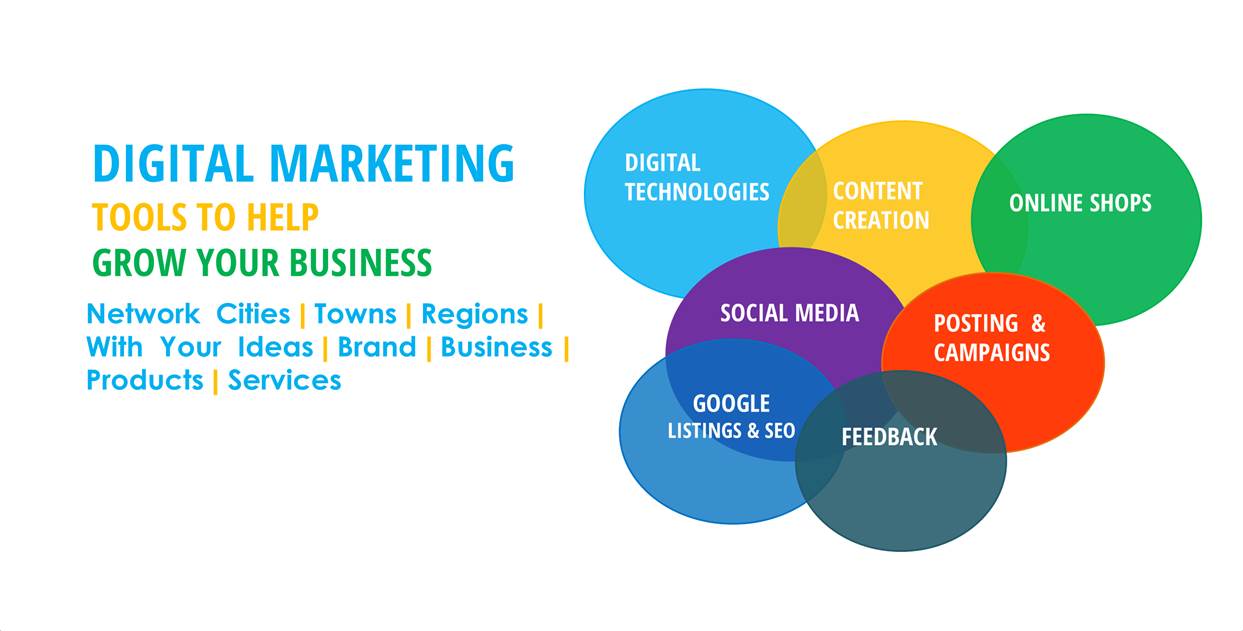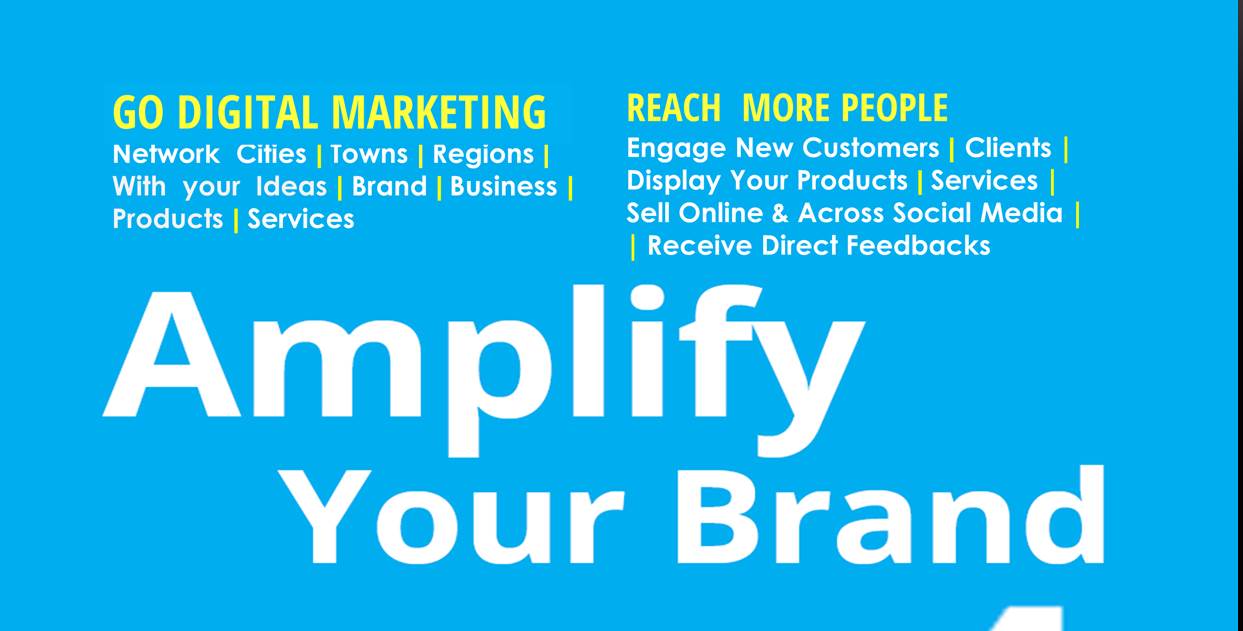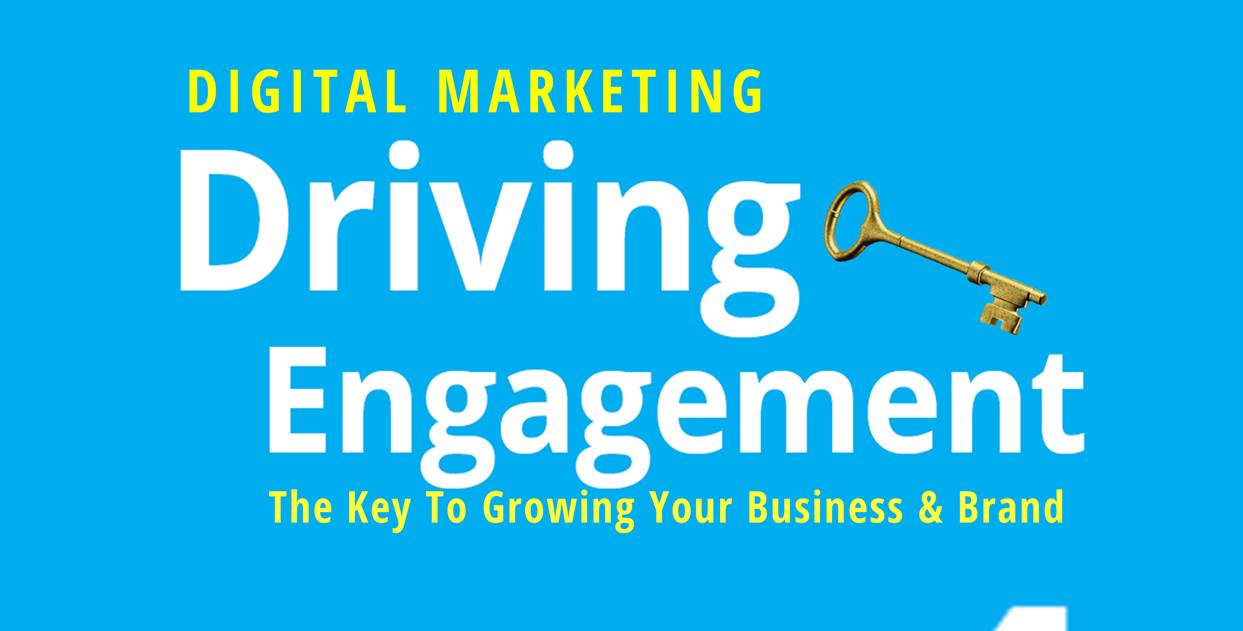CONTENT CREATION & DIGITAL MARKETING
Keys to Unlock Opportunities for Your Business
A digital marketing campaign's foundation is content creation. Digital content can be defined as the process of conducting research, generating ideas, crafting those ideas into high-value collateral, then promoting those pieces to target audiences. It can be a web page, a blog, an infographic, a video, or a social media post.
Creating content involves creating different creative assets and formats that serve the objectives of your content strategy. By creating content that is interesting to your audience and helps them solve a need, you are building trust, relevance, and credibility with them. By doing so, you engage your campaign personas in a way that builds authority, credibility, and utility between your target audience and your brand. In addition to audience, competitor, and keyword research, creativity is also crucial to bringing your content to life and adding a splash of color to those findings.
Why is Great Content So Important?
The purpose of content creation is to establish your brand as a thought leader and provide readers with the information they need to make a purchase. Thousands of pieces of content are published online every single day, so your content needs to stand out and be of high quality to get noticed by your customers as well as and potential customers . This means it must be well written and designed, as well as developed with your audience in mind. Compared to poor content, high-quality content rises to the surface while poor content disappears into the void.
Investing in your brand's content will directly increase its value High-quality content will help you:
- Stand out as an authoritative thought leader.
- Grow your subscribers and email list.
- Increase your website traffic.
- Keep your customers engaged.
- Generate revenue.
The Content Creative Process
- Researching and consuming information about the brand and product to get ideas
- Brainstorming ideas and identifying themes
- Taking a break to leave the ideas alone for a period
- Returning to your ideas to critique or validate them in terms of your objectives, audience, and strategy
- Creating prototypes or content samples (where possible) to explore and test your content in its simplest form before investing further
- Creating your content


































